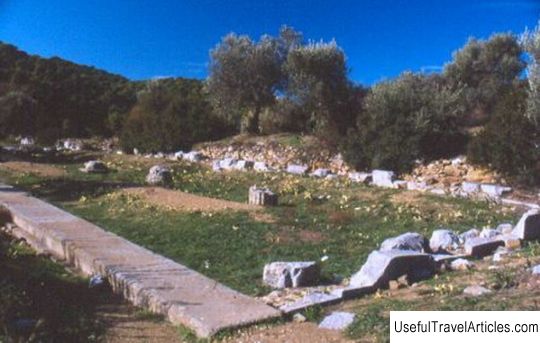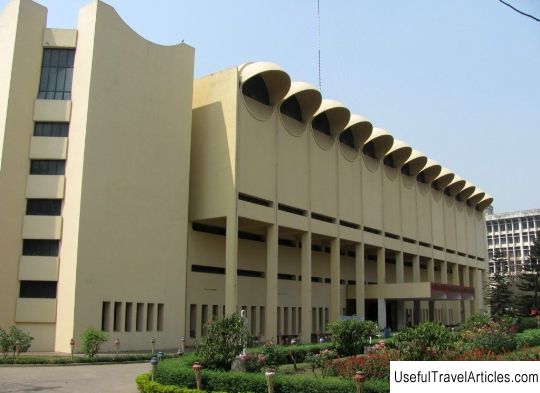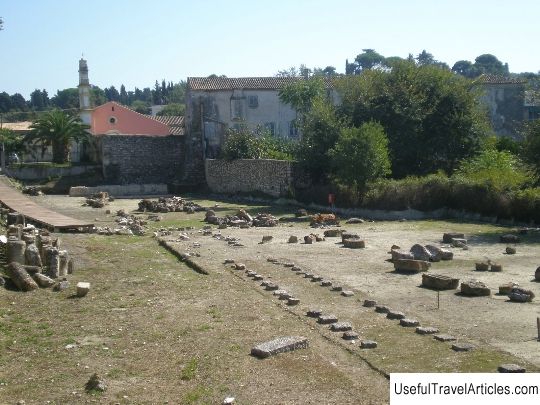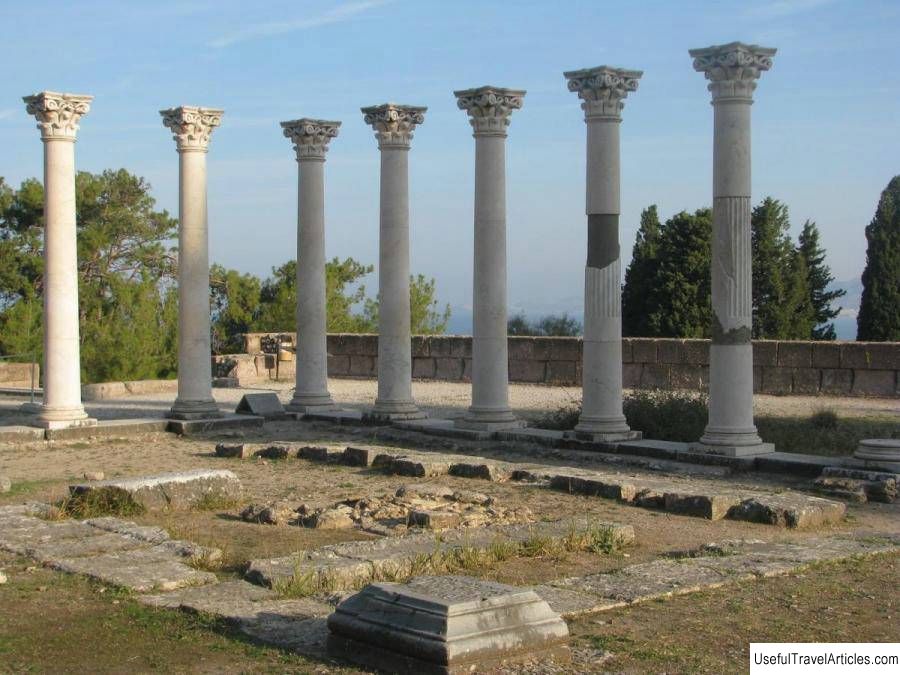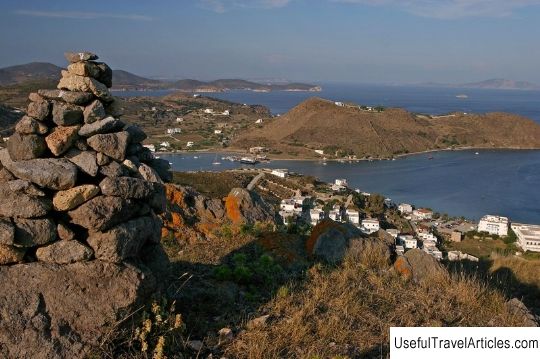Temple of Aphea description and photos - Greece: Aegina Island
Rating: 7,5/10 (100 votes) 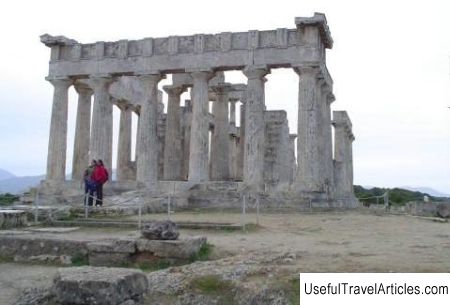
Temple of Aphea description and photos - Greece: Aegina Island. Detailed information about the attraction. Description, photographs and a map showing the nearest significant objects. The name in English is Temple of Aphea. Photo and descriptionThe Temple of Aphaia, or Afea, is an ancient temple dedicated to the ancient Greek goddess of fertility Afaya on the island of Aegina. It is located on the top of a picturesque hill, at an altitude of 160 m above sea level, about 13 km from the administrative center of the island of the same name, next to the resort town of Agia Marina, and this is perhaps one of the most famous and interesting sights of Aegina, as well as an important architectural and a historical monument. The results of archaeological excavations indicate that an open-air sanctuary has existed here since about 1300 BC, and the first religious building was erected only at the beginning of the 7th century BC ... In total, three main stages of the construction of the temple can be distinguished - in the 7th, 6th and 5th centuries BC. (German archaeologist Adolf Furtwangler was the first to come to such conclusions, who led the excavation of an ancient temple at the beginning of the 20th century.) The first sanctuary, dating back to the 7th century BC, was supposedly of very modest size, although the fragments found during excavations do not give a complete picture and it is quite possible that a significant part of the structure may be hidden under later structures, the likelihood of damage to which is too high and more detailed studies are impossible. The second sanctuary was built around 570 BC. and destroyed by fire in 510 BC. Fragments of this temple were later used in the construction of a terrace for the new sanctuary, and therefore they have survived very well to this day and give a fairly good idea of its architectural features. The temple, or rather its ruins, which we see today, was built around 490 BC. from local limestone (only the pediment itself and the sculptures that adorn it were made of Parian marble) and was a typical peripter surrounded by a colonnade (32 columns, 6x12) on a three-step base (13.79 by 28.50 m along the stylobate). Despite the fact that the temple of Afaya has only partially survived to this day, you can still appreciate the monumentality of this structure and the skill of ancient architects today. The sculptures that once adorned the pediment of the ancient temple are now exhibited in the Munich Glyptotek.       We also recommend reading Ruins of the Sukhum fortress of Dioscuria description and photo - Abkhazia: Sukhumi Topic: Temple of Aphea description and photos - Greece: Aegina Island. |
